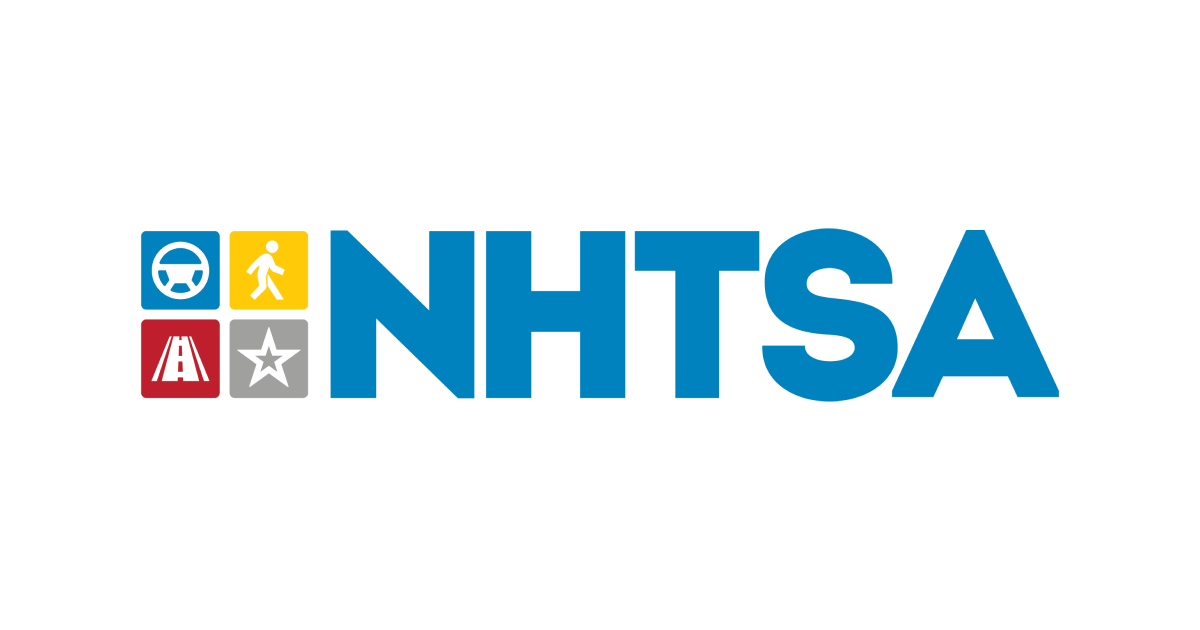Also, 36,500 people were killed, and 4.5 million people were injured in the USA in 2019.
This report makes the mistake of blaming individuals for not wearing seatbelts and speeding, when a shift in urban design is necessary to mitigate this disaster.



How would urban design get people to put on their seatbelt? I read the article and don’t think it was blaming people for not wearing their seatbelt for the majority of these costs. It was 3% of the cost associated to not wearing a seat belt. The author was trying to reinforce what works well to reduce traffic deaths. The automotive industry spends a huge amount of engineering resources to attempt to protect those folks. Imagine if that could be put to better use detecting distracted driving and mitigating it.
BTW please wear your seat belt. I’ve seen what humans do to a dash board when they don’t and it’s not pretty. Also, what happens to the human is not pretty either.
You’re right, I was probably too harsh on the seatbelt point. If you have to be in a car, you should wear a seatbelt. But, the first line of defense is to not be in a car, and the second line of defense is to be on well-designed roads.
American cities lack these two lines of defense. This is probably why crashes are such a big problem here.
@feduser934 @adude007
I’d say well designed roads are the first line of defense. Cars crash into people who are not in cars all the time.
That’s a fair point. However, what is the circumstance that leads to a pedestrian crash? Is it something road design might have resolved such as speed? Is it just due to other factors such as alcohol or distracted driving?
@adude007
Yeah, a lot of roads are designed so that people drive fast and feel safe not paying attention. Roads inside cities should be designed so that people drive slowly and pay lots of attention.
I struggle to see how roads designed correctly always help. I will admit that I am not a road designer. In my area we recently redid an area to be a downtown thing with a 25 mph limit. The speed limit before and after the 1/2 mile stretch is 40MPH. I think the design follows items 1, 2, and 3 of this list very well. However, so much traffic fails to even slow down a bit.
It will take a major social campaign to get this to change.
They didn’t install speed bumps, did they?
No, speed bumps were not installed.
Seatbelts work well if you’re in the car, absolutely.
With that said, infrastructure design decisions impact people in a car and people not in a car: motorcycle operators, pedestrians, and cyclists. I think OP was getting at this.
Add to this: ALL vehicles for sale should include as standard automatic emergency braking with pedestrian detection. Those systems work to reduce pedestrian deaths. Here is some information from IIHS. If IIHS required this to get a high vehicle safety rating the OEMS would respond within 2-3 model years.